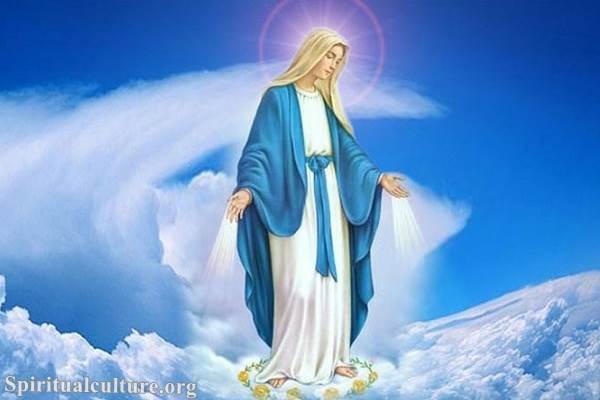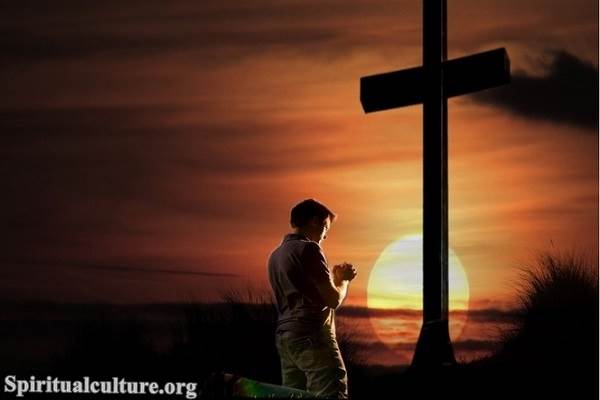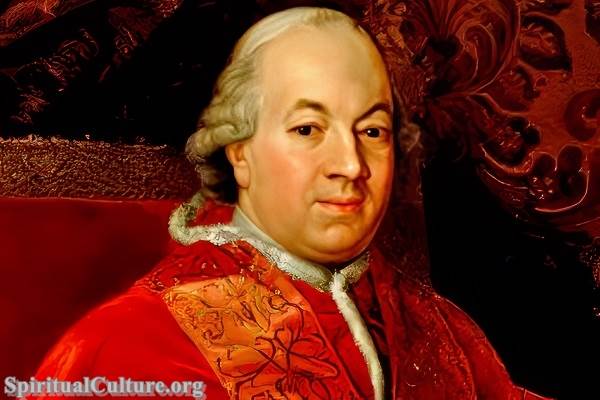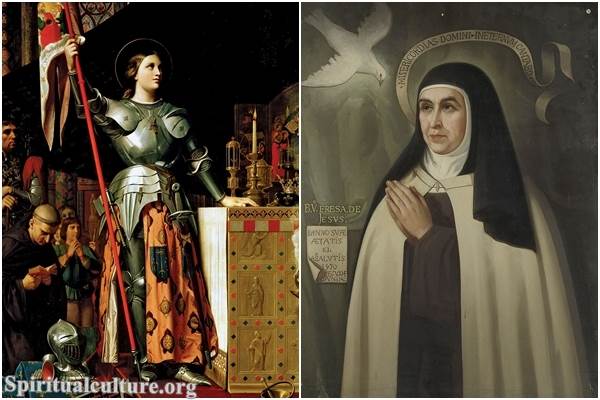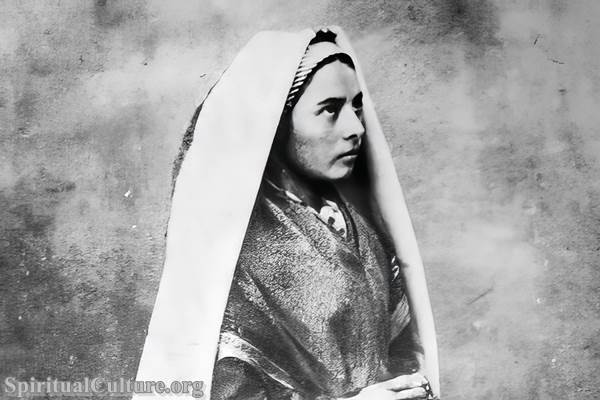The term “patron saint” is deeply ingrained in the fabric of Catholicism. It refers to a saint who is considered a heavenly advocate for a nation, place, craft, activity, class, clan, family, or person. These saints are believed to intercede on behalf of individuals or groups who invoke them. The concept of patron saints is a unique and fascinating aspect of Catholicism that has been practiced for centuries.
Patron Saints in Catholicism
In the Catholic Church, patron saints hold a prominent position. The tradition of patron saints dates back to the early Christian era when communities began to honor saints as their heavenly protectors. As Catholicism spread across different regions, local communities adopted specific saints as their patrons, who were often chosen based on their connection to the area or the occupation of the people.
For instance, Saint Patrick, known for bringing Christianity to Ireland, is considered the patron saint of Ireland. Similarly, Saint Joseph, the carpenter and earthly father of Jesus, is the patron saint of workers. The Virgin Mary, the mother of Jesus, is venerated as the patron saint of all humanity. The patron saints are honored on specific feast days during the Catholic liturgical year, which varies from saint to saint.
The Role of Patron Saints
The primary role of a patron saint in Catholicism is to serve as an intercessor between God and humans. Catholics pray to these saints, asking them to present their prayers to God. It is important to note that Catholics do not worship these saints, rather they honor them and seek their intercession. This practice is based on the communion of saints, a doctrine that believes in the spiritual connection between the people on earth, in heaven, and in purgatory.
Another role of patron saints is to serve as role models for Catholics. The lives of these saints are filled with stories of faith, courage, and love for God and humanity. By studying and reflecting on the lives of these saints, Catholics are inspired to live out their faith in their daily lives.
Patron Saints and Catholic Devotion
Veneration of patron saints is a significant part of Catholic devotion. This is often expressed through prayers, hymns, and artistic representations. Many Catholics have a personal patron saint, chosen because of a particular devotion, a personal connection, or because they were named after the saint.
Furthermore, many Catholic churches, schools, and hospitals are named after patron saints. These institutions often celebrate their patron saint’s feast day with special liturgies and festivities. Also, statues and images of patron saints are common in Catholic churches, homes, and institutions, serving as a constant reminder of the saint’s life and virtues.
Conclusion
The tradition of patron saints is deeply embedded in Catholicism, serving as a bridge between the human and the divine. These heavenly advocates are not only intercessors but also role models whose lives inspire Catholics to live their faith more fully. Whether it’s a personal patron saint or a patron saint of a community or profession, their presence offers comfort, guidance, and inspiration to Catholics around the world.
In a world that often seems chaotic and uncertain, the steadfast faith and unwavering courage of these patron saints serve as a beacon of hope, reminding Catholics that they are not alone in their spiritual journey. They have a heavenly friend, a patron saint, who is there to guide them, intercede for them, and help them draw closer to God.

